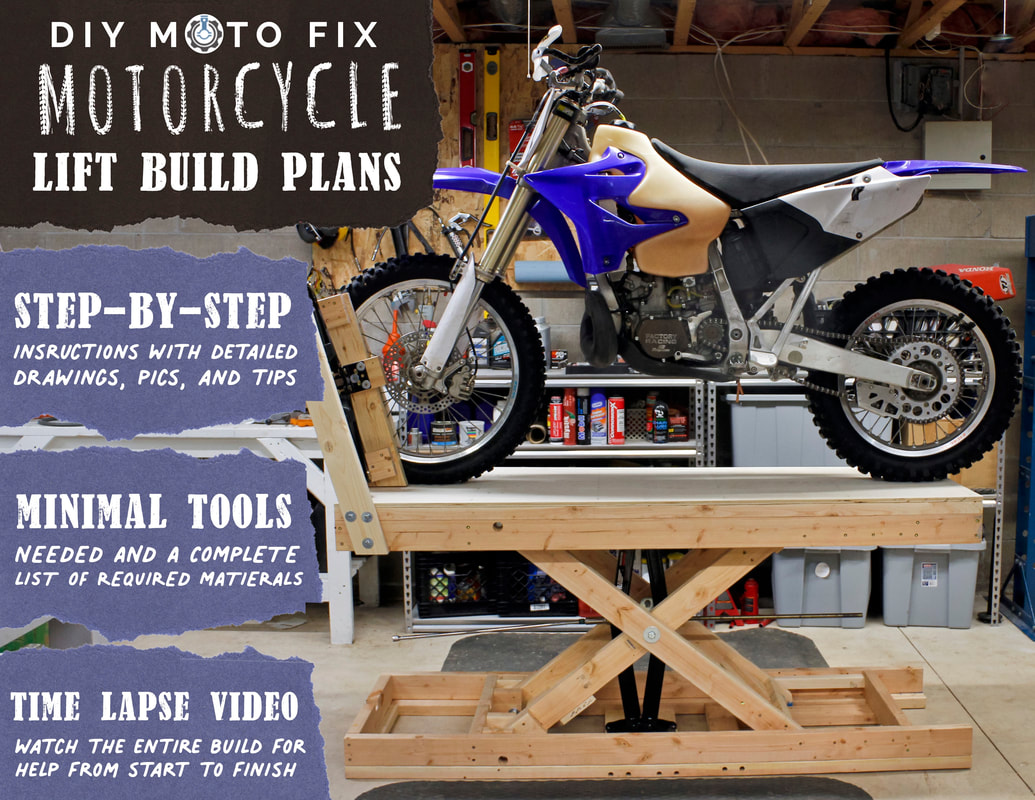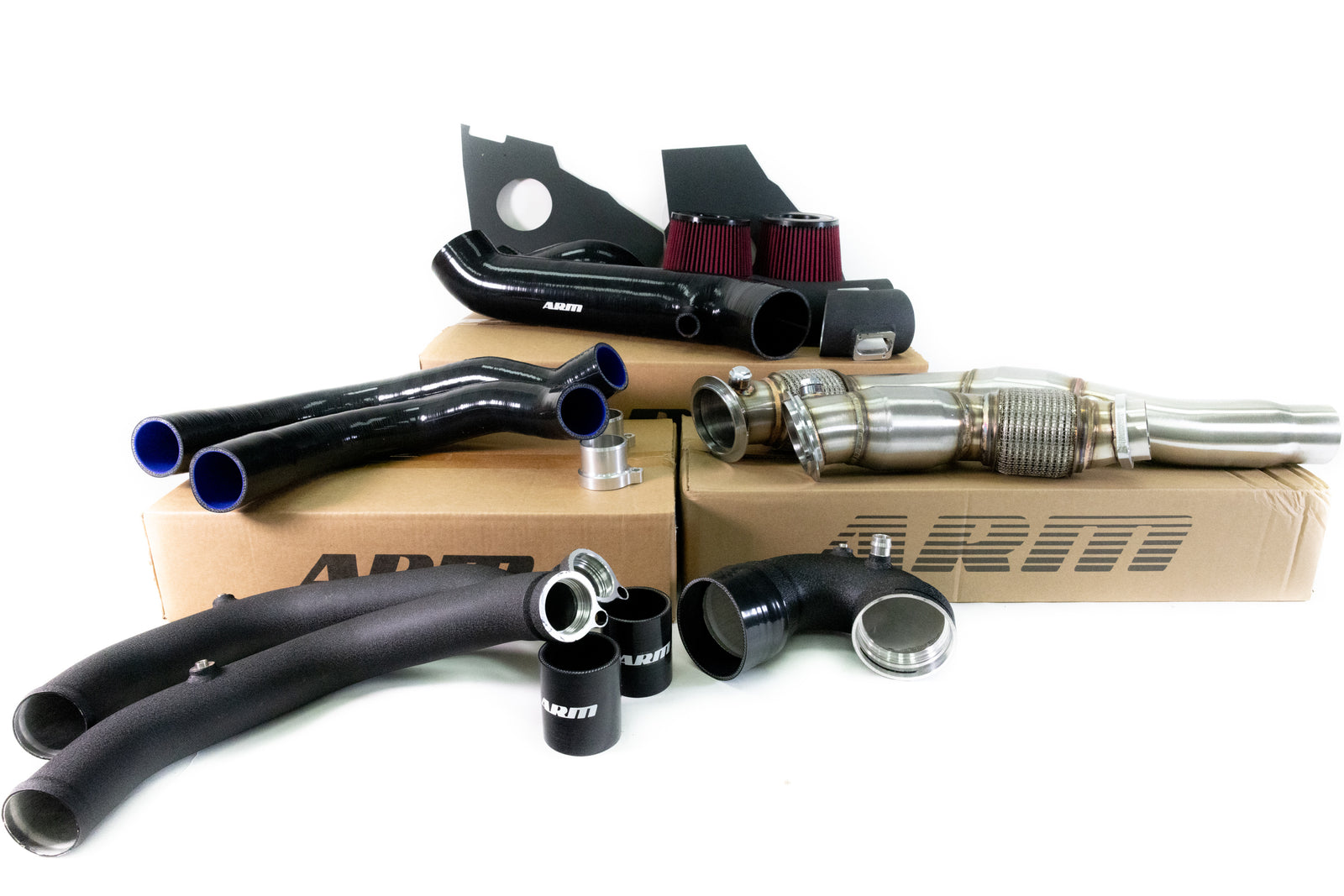Easy Diy Suspension Repair Tips for Beginners
For easy DIY suspension repair tips, beginners should start by inspecting their suspension components for any signs of wear or damage. By following proper safety precautions and using the right tools, they can then proceed to replace worn-out parts or fix minor issues themselves, saving time and money.
The Importance Of Suspension Repair
Understanding the importance of suspension repair is crucial for the maintenance and performance of your vehicle.
Safety Considerations
Prioritize safety when conducting suspension repairs to prevent accidents and ensure smooth driving experience.
Impact On Vehicle Performance
Proper suspension repair directly influences your vehicle’s handling, stability, and overall driving comfort.
Common Suspension Issues
Suspension issues can be daunting for beginners, but with the right tips, it’s possible to tackle them. DIY suspension repair techniques can help address common issues, such as worn-out shocks or struts, which can greatly improve the vehicle’s ride quality and safety.
Identifying Suspension Problems
If you’ve been experiencing a bumpy ride or unusual noises coming from your vehicle, chances are you’re dealing with some suspension issues. Identifying these problems early on is essential as it can prevent further damage and costly repairs down the road. Here are some common signs that indicate your suspension needs attention:
- Excessive bouncing or dipping when driving over bumps
- Pulling to one side while driving
- Uneven tire wear
- Noise, such as squeaking, clunking, or knocking
- Difficulty steering or poor handling
Causes Of Suspension Wear
Understanding the causes behind suspension wear can help you better maintain and prevent future issues. Some factors that contribute to suspension wear include:
- Poor driving habits, such as aggressive driving or frequently driving over rough terrain
- Excessive weight or overloading the vehicle
- Poor road conditions, such as potholes or speed bumps
- Lack of regular maintenance, including neglecting to check and replace worn-out components
- Environmental factors such as extreme temperatures and corrosive road salt
By understanding these causes, you can take steps to minimize suspension wear and prolong the life of your vehicle’s suspension system.
Now that you know how to identify suspension problems and what causes them, you can take proactive measures to address these issues. Regularly inspect your suspension system for any signs of wear, such as leaking shocks or damaged bushings. If you notice any problems, it’s best to seek professional assistance or consult a repair manual for appropriate DIY suspension repair techniques.
Remember, proper maintenance is key to keeping your vehicle running smoothly and ensuring a comfortable ride. By addressing suspension issues early on and taking preventive measures, you can save yourself from expensive repairs and ensure your vehicle’s suspension system performs optimally for years to come.
Tools And Materials Needed
For beginners tackling DIY suspension repairs, essential tools include jack stands, a lug wrench, and a torque wrench. Materials like replacement suspension components and lubricants make the task more manageable. Gather these items before starting the project for a smoother repair process.
Basic Tools For Diy Repair
When it comes to addressing suspension issues, having the right tools is essential. These basic tools are a must-have for any beginner attempting a suspension repair:
- Jack and jack stands for safely lifting and supporting the vehicle.
- Socket wrench set with both standard and metric sizes to fit different nuts and bolts.
- Torque wrench to ensure proper tightening of components.
- Screwdrivers in various sizes for removing screws and fasteners.
- Pliers and vise grips to hold and manipulate small parts.
Essential Replacement Parts
If you’re planning to tackle a suspension repair on your own, it’s important to have the necessary replacement parts readily available. Here are the essential parts you may need:
- Control arms: These connect the suspension to the vehicle’s frame and contribute to stability.
- Ball joints: They allow for smooth movement between the suspension and the wheels.
- Struts or shocks: These absorb impact and help maintain vehicle stability.
- Coil springs: They support the weight of the vehicle and provide a smooth ride.
- Bushings: These minimize vibrations and allow for flexibility in the suspension system.

Credit: www.diymotofix.com
Step-by-step Repair Guide
Inspecting And Assessing Damage
- Check for visible signs of wear or damage.
- Look for leaks or loose components.
- Inspect suspension parts for rust or corrosion.
Executing Simple Suspension Repairs
- Start by safely raising the vehicle.
- Remove the wheel and visually inspect the suspension.
- Tighten any loose bolts or components.
- Replace damaged parts with new ones.
Tips And Best Practices
When it comes to DIY suspension repair, following some preventive maintenance measures and knowing when to seek professional help are crucial. Here are some practical tips and best practices to guide you through the process.
Preventive Maintenance Measures
When it comes time to tackle suspension repair, it’s important to start with preventive maintenance measures to avoid any potential issues down the road. Here are some steps to follow:
- Regular Inspections: Inspect your suspension components regularly for signs of wear and tear, such as leaks, sagging, or damaged rubber bushings.
- Proper Lubrication: Ensure all moving parts are well-lubricated to prevent premature wear and ensure smooth operation.
- Wheel Alignment: Get the wheel alignment checked periodically to maintain even tire wear and optimal handling.
- Proactive Replacement: Replace worn-out components before they cause further damage to other parts of the suspension system.
Seeking Professional Help When Necessary
While DIY suspension repair can be fulfilling, there are instances where seeking professional help is the best course of action. Here are some scenarios that warrant professional assistance:
- Complex Issues: If you encounter complex suspension problems beyond your skill level or lack the necessary equipment, it’s best to consult a qualified mechanic.
- Specialized Tools: When dealing with specialized suspension components or intricate repair procedures, entrust the job to a professional with the right tools and expertise.
- Safety Concerns: If you feel uncertain about the safety implications of a particular repair, seeking expert advice ensures the job is completed with utmost safety in mind.

Credit: www.ebay.com

Credit: x-ph.com
Frequently Asked Questions On Easy Diy Suspension Repair Tips For Beginners
Can I Fix Suspension By Myself?
Yes, it is possible to fix suspension yourself, but it requires proper knowledge and tools. It is recommended to have experience or consult a professional to ensure the job is done correctly and safely.
Are Suspension Issues Easy To Fix?
Suspension issues can vary in complexity, but they are generally not easy to fix on your own. It is best to consult a professional mechanic who can accurately diagnose and repair the problem.
What Is The Easiest Way To Upgrade Suspension?
The easiest way to upgrade suspension is to install aftermarket coilovers or shocks for improved handling and ride quality.
How Hard Is It To Change Your Own Suspension?
Changing your own suspension can be challenging. It requires specialized tools and expertise. Seek professional help for safety and effectiveness.
Conclusion
As you embark on your DIY suspension repair journey, remember to prioritize safety at all times. With these tips, you can confidently tackle suspension issues. Regular maintenance and inspection are key to a smooth and safe driving experience. Stay informed and empowered with these beginner-friendly repair techniques.
